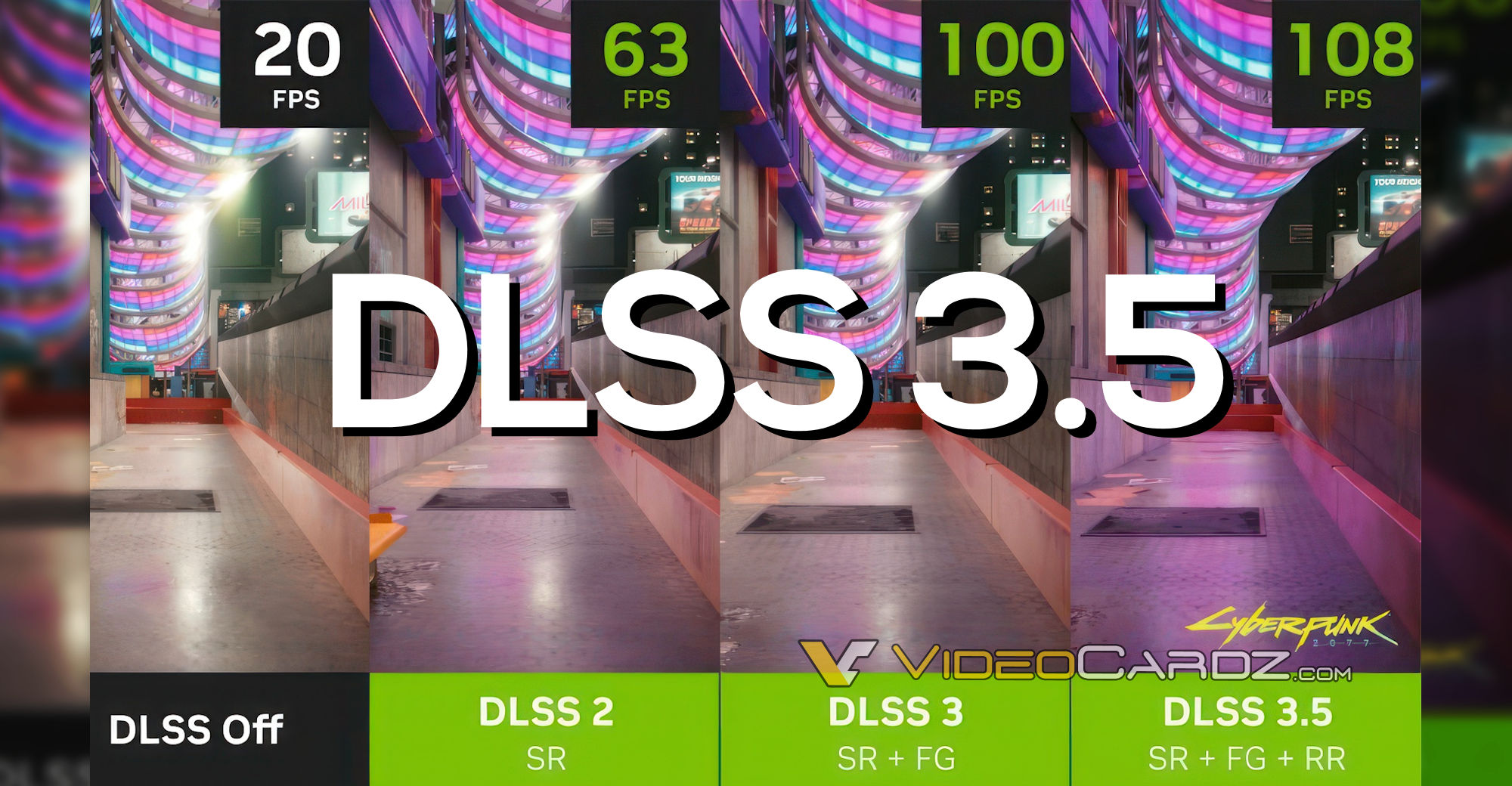arandomguy
Veteran
I understand there are limitations. 1000% profit margins have a way making these limitations go away.
Sorry I messed up my reply and it got split in two.
That's 1000% profits (which seems to be mathematically incorrect if they are using an avg price estimate of $25k-30k given their BoM estimate) relative to the BoM (unclear how that was estimated, BoM is also not a good indicator of even just unit cost) which is not the same as 1000% profit margins per unit.

